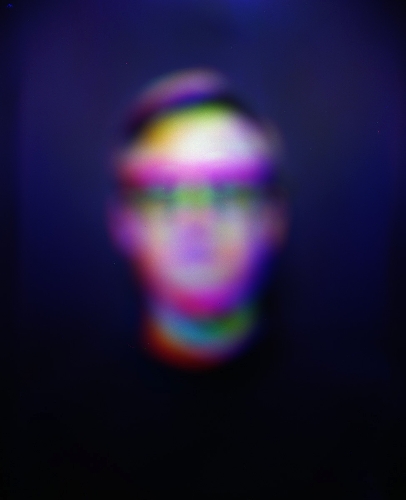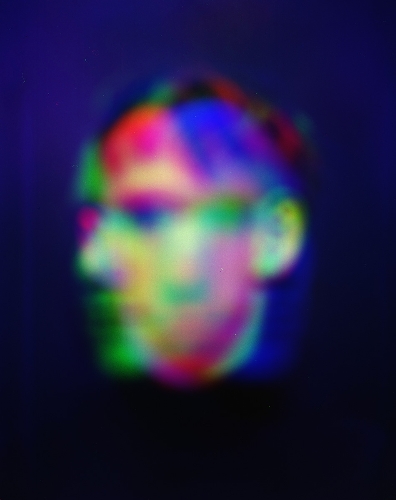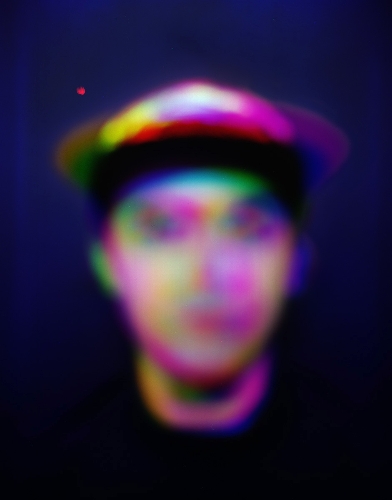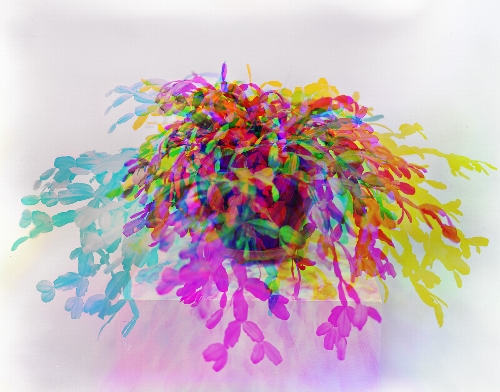Class of 2016 Senior Art Thesis
Sawyer Konys
Contact Information:
Sawyer Konys
ARTIST STATEMENT:
“Whatever it grants to vision and whatever its manner, a photograph is always invisible: it is not it that we see” ~ Roland Barthes
Throughout my career as a student, I’ve harbored an insatiable desire to understand, both practically and ontologically, how things work and are. Traditionally, photography has been used as a means to mechanically reproduce reality, the accuracy of which cannot be attained by painting, sculpture, drawing, or printmaking. In my work, I break photography into its constituent parts, isolating the discrete pieces that have made analog photography what it is.
As an analog photographer working in an increasingly digital age, I find myself at the same precipice that painter Paul Delaroche found himself in 1839 when, being presented with a daguerreotype, he famously quipped “from today, painting is dead.” As the means to digitally reproduce our lived reality becomes more accessible and ingrained in our social interactions, it is up to those few analog photographers to critique the digital and expand the language of traditional photographic practice.
Just as the daguerreotype forced painters to expand the language of their craft, so too has digital photography pushed me to construct, with entirely analog processes, photographs that extend beyond our perceptual limits to break down time, technique, and even the primary spectrum of light.
This work was made possible through the generous support of the Casstevens Family Fund.






